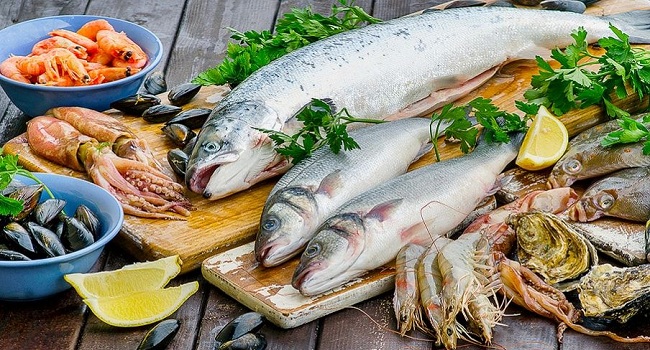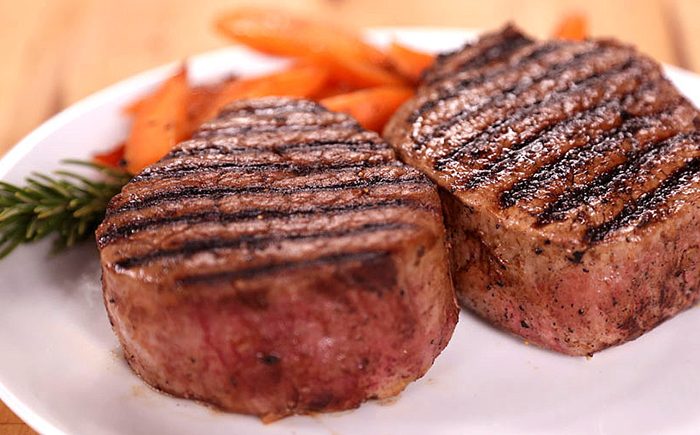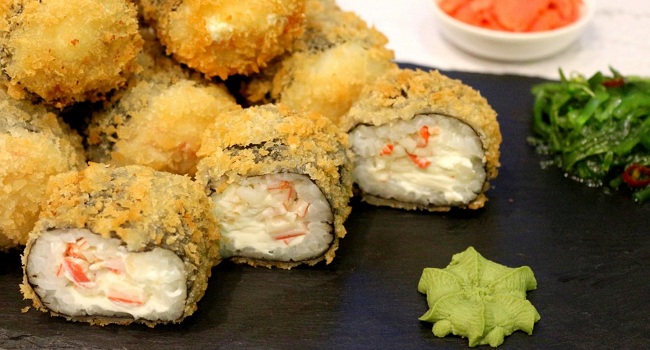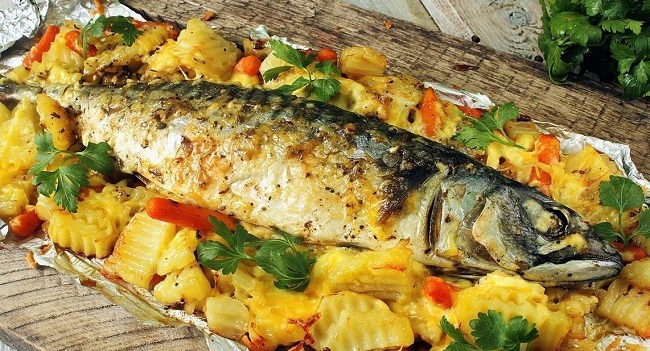We’ve put together some important fish cooking tips for you!
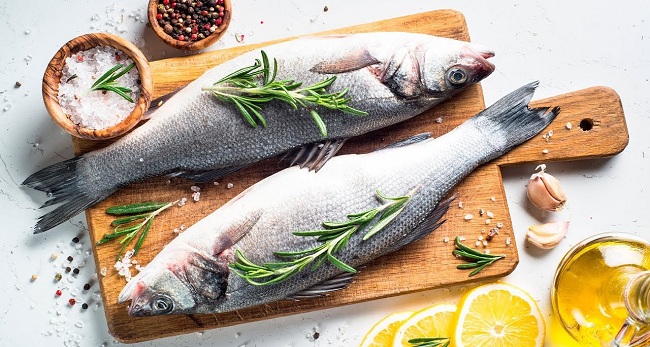
- Before frying, the fish should be salted as follows: dilute one teaspoon of salt in a glass of cold water and pour the prepared fish with the resulting brine, drain the brine after 5-7 minutes.
- In order for the fish to brown well, it is recommended to dry it with a paper towel before frying.
- So that the fish is well browned during frying and does not burn, pork fat or butter is added to the vegetable oil.
- Fried fish turns out to be delicious if it is kept in milk before frying, then rolled in flour and fried in boiling vegetable oil. To prevent the fat from splashing and the fish to be fried better, cover the pan with an overturned colander.
- Regardless of the size, the fish is baked or fried in a highly heated oven.
- When frying, the fish will not fall apart if it is salted 10-15 minutes before cooking.
- Boiled fish is ready if its fins come off easily. Fried fish is ready if clear juice flows out when pressed with a spoon.
- After fish and fatty meals, you should not drink cold water.
- Do not store fish next to dairy products, as this can give them a fishy smell.
- If the dishes retained the smell of fish or onions, they should be rinsed with water and vinegar, then the smell will disappear.
- Herring will be tender and soft if soaked in milk.


